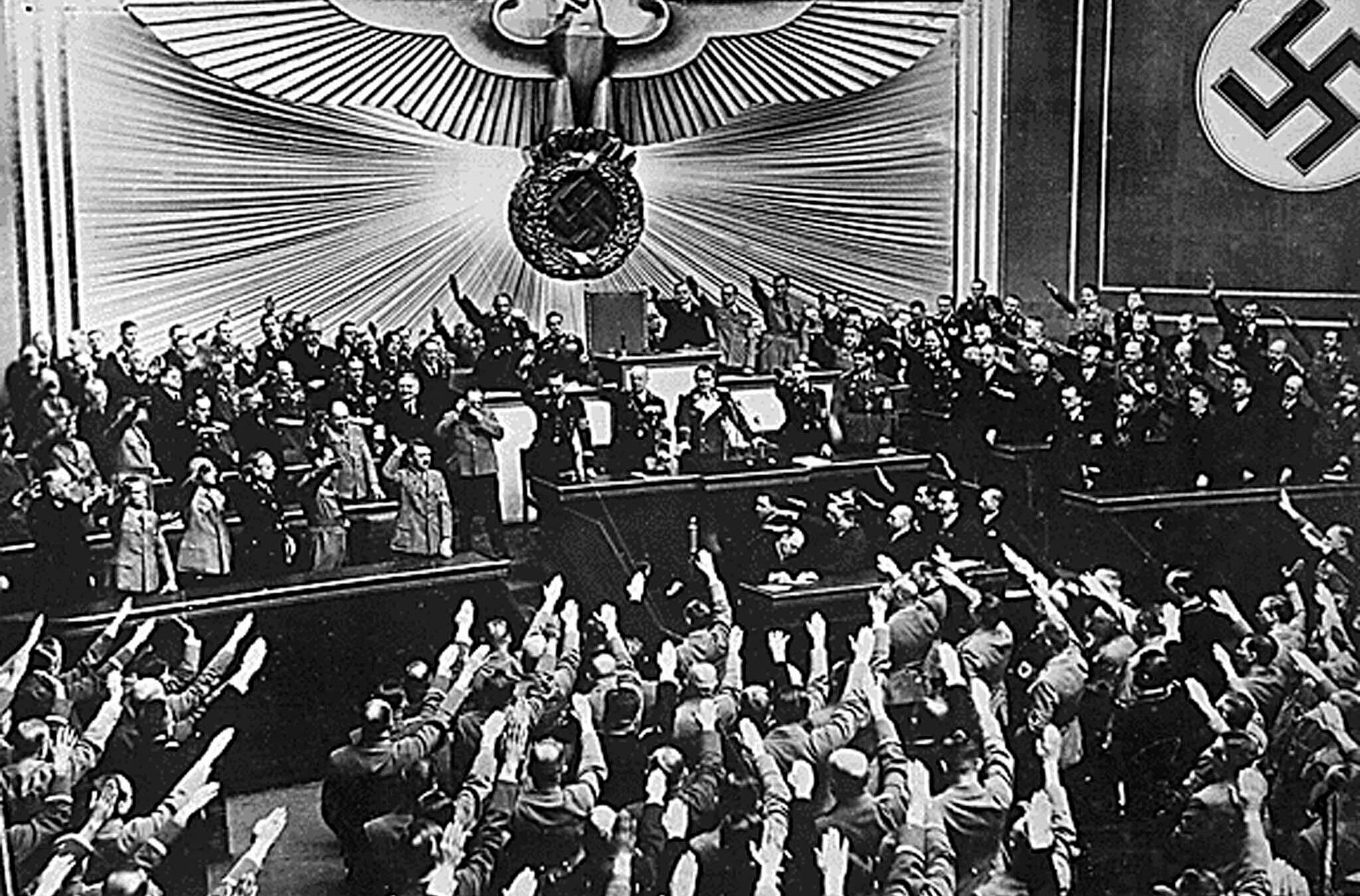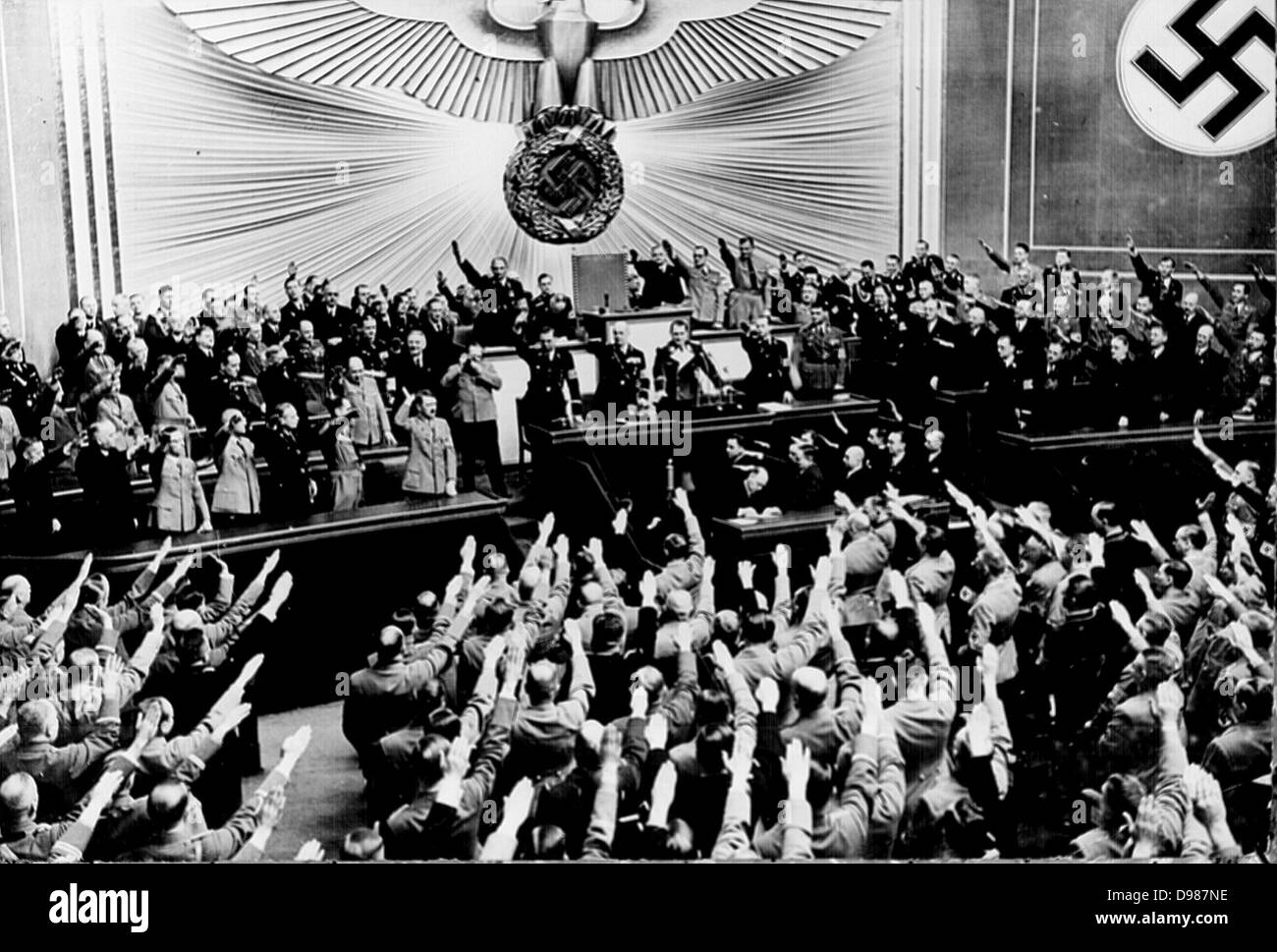The Nazi Salute Hand Gesture: A Visual History of Hate
The Nazi salute hand gesture, also known as the "Hitler salute," is an infamous visual symbol of hatred and intolerance that has been etched into the fabric of history. This gesture, which involves raising the right arm and extending the middle and ring fingers in a "V" shape, was popularized by Adolf Hitler and the Nazi Party in the 1920s and 1930s. In this article, we will explore the visual history of the Nazi salute hand gesture, its evolution over time, and its enduring legacy.
The Nazi salute hand gesture was first used by Hitler in the 1920s as a way to rally support for the Nazi Party. At the time, Germany was reeling from the aftermath of World War I, and the country was plagued by economic instability, hyperinflation, and social unrest. Hitler, who was then a relatively unknown figure, used the Nazi salute as a way to mobilize support for his party and to create a sense of unity and purpose among its members.
Over time, the Nazi salute hand gesture became an increasingly powerful symbol of Nazi ideology and totalitarianism. It was often used in public rallies and ceremonies, where it was accompanied by chants of "Heil Hitler" and other slogans. The gesture was also used in propaganda posters, films, and other forms of media to promote the Nazi Party's message of racial supremacy and militarism.
Despite its widespread use and acceptance during the 1920s and 1930s, the Nazi salute hand gesture was not universally accepted. Many Germans, particularly those in the middle and working classes, were skeptical of the Nazi Party's ideology and rejected the gesture as a symbol of extremism and hatred.
Origins of the Nazi Salute Hand Gesture
The Nazi salute hand gesture has its roots in the tradition of the "Roman salute," which was used by ancient Romans to greet one another. However, the modern version of the gesture, which involves raising the right arm and extending the middle and ring fingers in a "V" shape, was specifically designed by the Nazi Party as a way to promote their ideology.
The design of the Nazi salute hand gesture was influenced by a number of factors, including the German militarism of the time and the need for a simple, easily recognizable symbol that could be used in a variety of contexts. The gesture was also intended to be a powerful symbol of loyalty and solidarity among Nazi Party members.
Early Usage of the Nazi Salute Hand Gesture
The Nazi salute hand gesture was first used by Hitler in a speech at the German Workers' Party (DAP) in Munich in 1923. The gesture quickly gained popularity among Nazi Party members and was soon used in a variety of contexts, including public rallies and ceremonies.
Some notable early instances of the Nazi salute hand gesture include:
• A 1923 speech by Hitler at the DAP, where he used the gesture to rally support for the party.
• A 1924 speech by Hitler at the Nazi Party's annual congress, where he used the gesture to declare his opposition to the Treaty of Versailles.
• A 1927 speech by Hitler at the Nazi Party's annual congress, where he used the gesture to promote the party's message of racial supremacy.
Visual Symbolism of the Nazi Salute Hand Gesture
The Nazi salute hand gesture is often interpreted as a visual symbol of hatred and intolerance. The gesture involves a specific combination of hand and arm movements that is meant to evoke a sense of power and aggression.
Some key elements of the Nazi salute hand gesture include:
• The raised right arm, which is meant to represent strength and authority.
• The extended middle and ring fingers, which are meant to represent the "V" shape of the "S" characters in the German alphabet.
• The gesture as a whole, which is meant to evoke a sense of unity and solidarity among Nazi Party members.
Evolution of the Nazi Salute Hand Gesture
Over time, the Nazi salute hand gesture has evolved and undergone various modifications. Some notable examples include:
• The use of different hand placements, such as the "fist" or the "peace sign."
• The use of different arm movements, such as the "bow" or the " wave."
• The use of different gestures in different contexts, such as in public rallies or in private ceremonies.
Impact of the Nazi Salute Hand Gesture
The Nazi salute hand gesture has had a profound impact on world history. The gesture was used by the Nazi Party to promote their ideology and to mobilize support for their policies.
Some key impacts of the Nazi salute hand gesture include:
• The promotion of Nazi ideology and totalitarianism.
• The mobilization of support for the Nazi Party and its policies.
• The spread of anti-Semitism and racism throughout Europe.
• The perpetuation of hatred and intolerance in various forms of media and popular culture.
Legacy of the Nazi Salute Hand Gesture
The Nazi salute hand gesture has left a lasting legacy in world history. The gesture has been used in various forms and contexts, and has become a powerful symbol of hatred and intolerance.
Some key aspects of the legacy of the Nazi salute hand gesture include:
• The perpetuation of anti-Semitism and racism in various forms of media and popular culture.
• The use of the gesture in various contexts, such as in public rallies or in private ceremonies.
• The ongoing struggle against hatred and intolerance in various forms of media and popular culture.
Conclusion
The Nazi salute hand gesture is a powerful symbol of hatred and intolerance that has had a profound impact on world history. The gesture was used by the Nazi Party to promote their ideology and to mobilize support for their policies, and has left a lasting legacy in various forms and contexts.
Some key takeaways from our exploration of the Nazi salute hand gesture include:
• The gesture has its roots in the tradition of the "Roman salute."
• The modern
Da Vine Joy Randolph Weight
Who Isteve Harvey Voting For
Aishahd
Article Recommendations
- Matthew Labyorteaux Net Worth
- Kaitlyn Kremsd Pos
- Sophie Maga
- Carly Janed
- John Pinette
- Is Gloria Borger Ill
- Money6x How To Makextra Money
- Axel Rose Now
- Barron Trump Personality
- Benny Rodriguez

